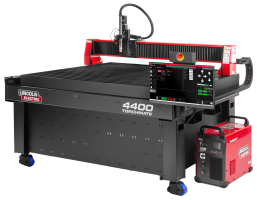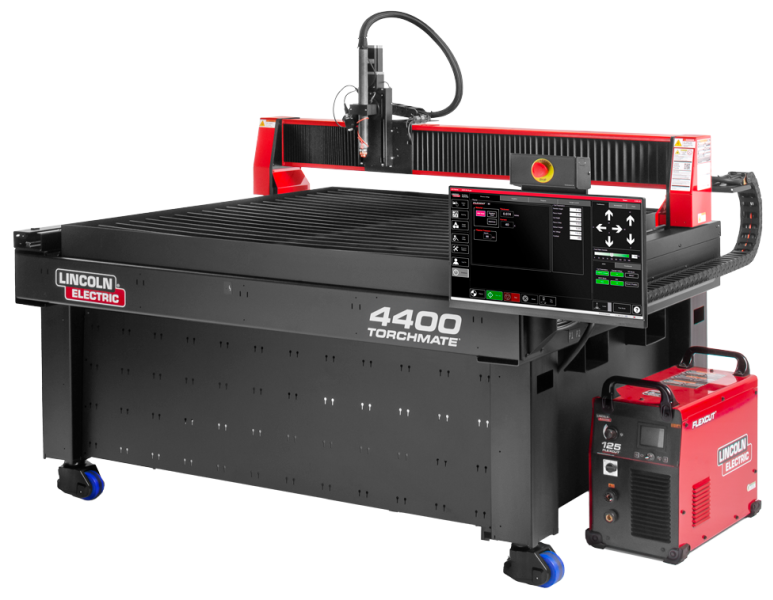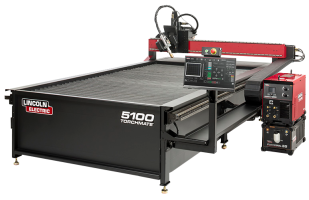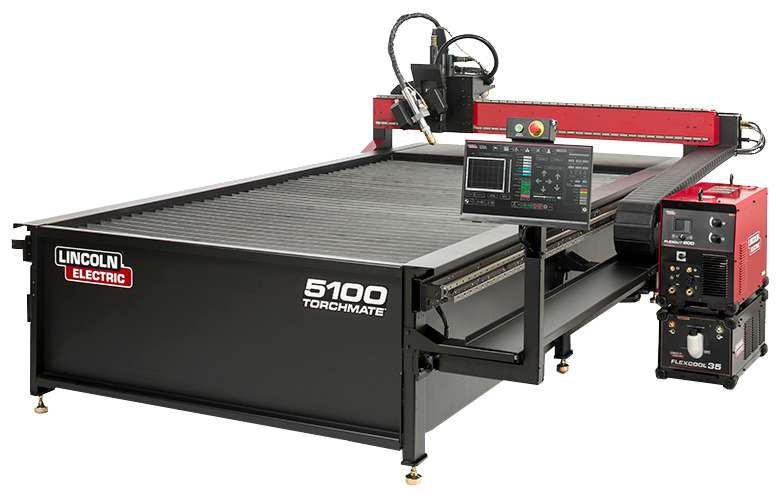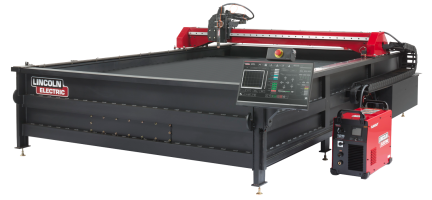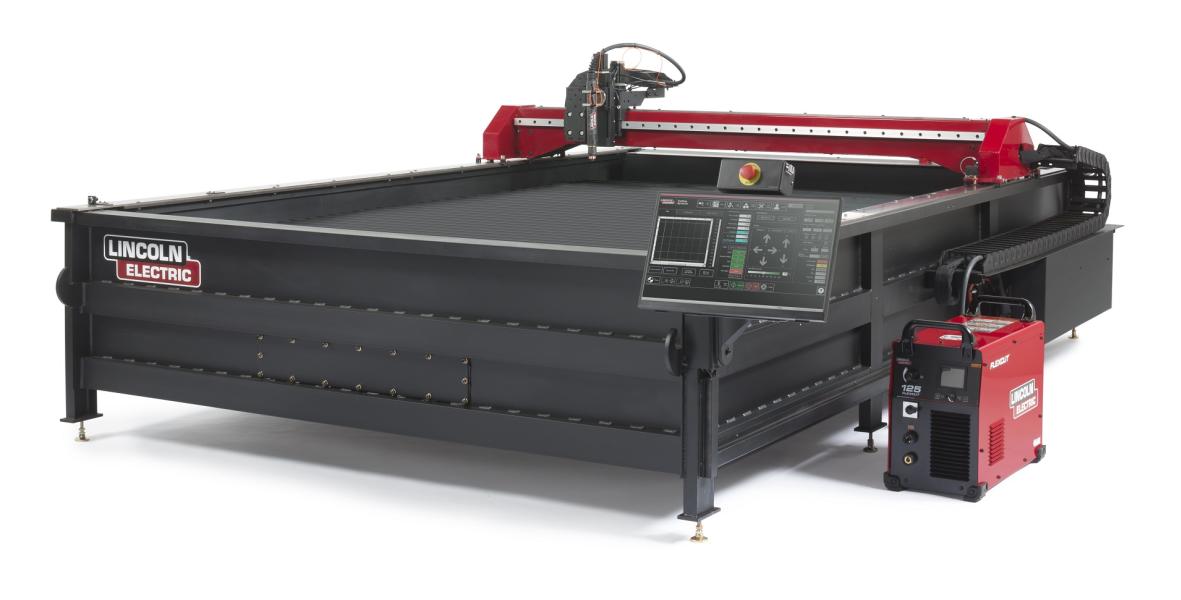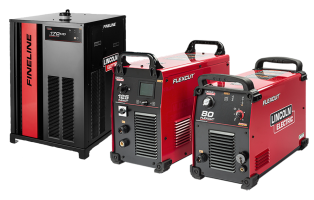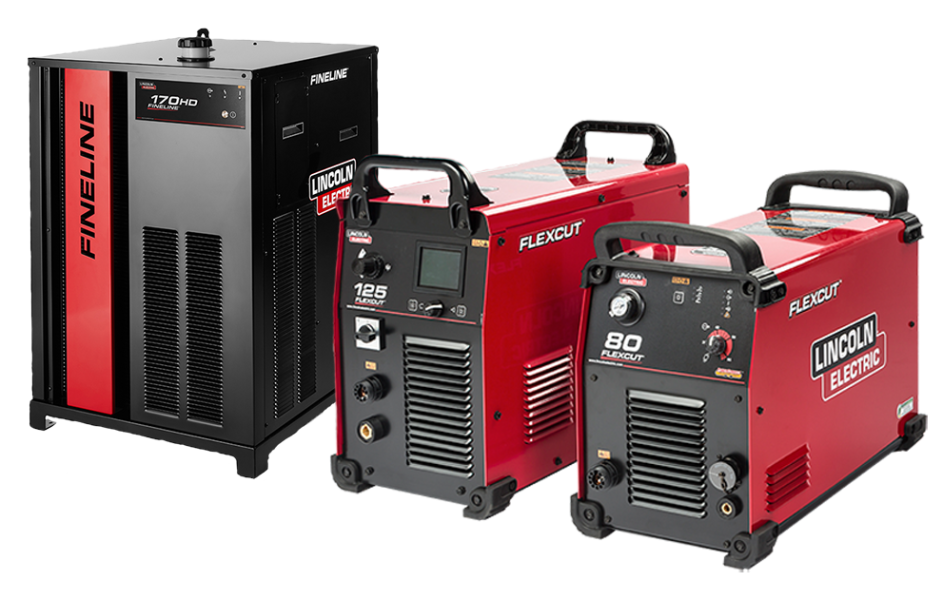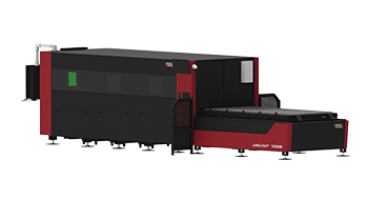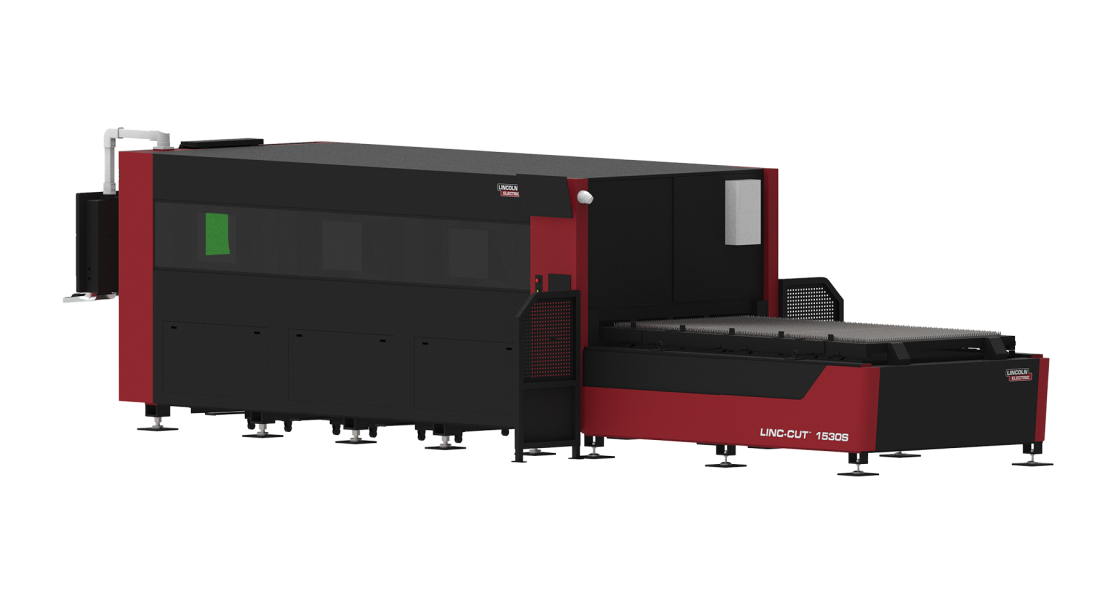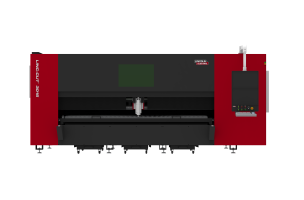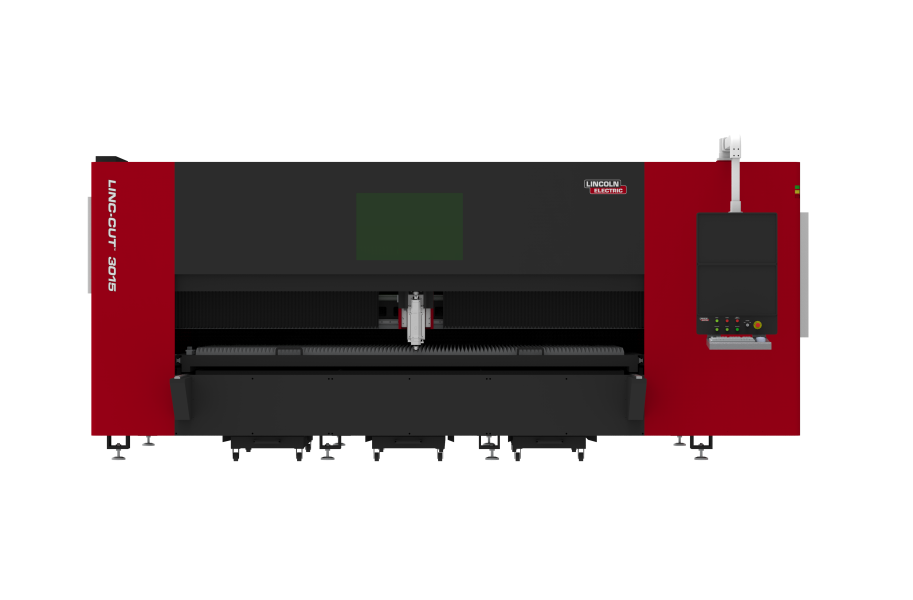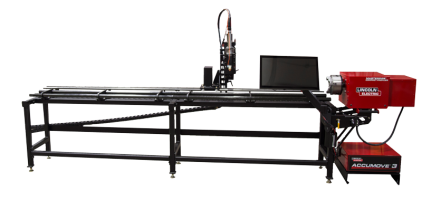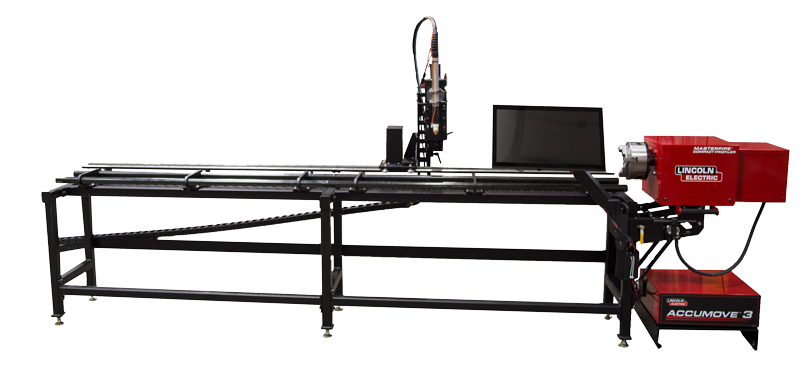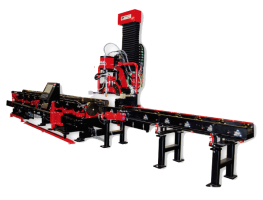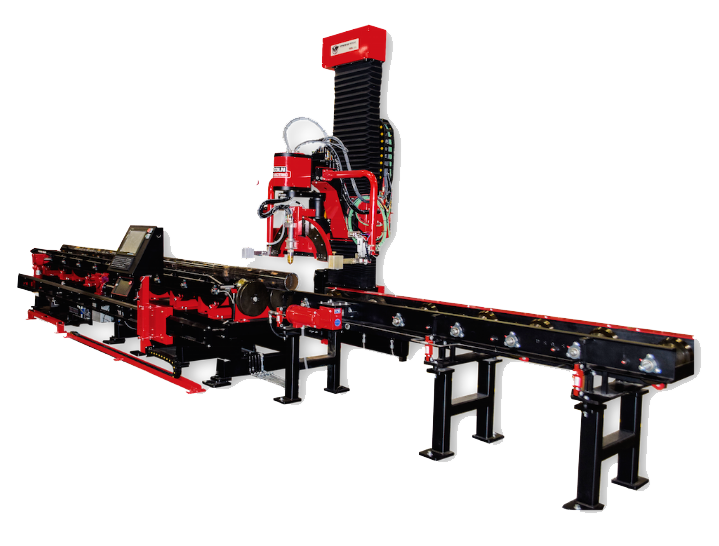Understanding Paths
In Torchmate CAD/CAM a path can mean a few things mostly it refers to either a tool path or an object. When a path refers to an object the path is essentially the whole part. For simple shapes the path is just one object. Once a part contains holes or cut outs then the path contains multiple shapes. In the Torchmate CAD/CAM the path of an object can be broken, connected, or made all path options are accessed from the Arrange menu.
Make path takes multiple objects and tells the CAD to consider them as a single part. Make path is used primarily to create holes in objects. Start by drawing an outline and three holes.
The part when it is just created is four separate objects, the objects need to be merged together to one part. Select all objects that compose the part, then go to Arrange > Make Path. The objects are now one part and one path. The best way to ensure that this is the case is to go to View > Show Fill this displays the object as the CAD interprets it; the filled in parts indicating the actual part.

The object is now a single part that can be moved around, all of the nodes can be edited at once as well. To edit a single hole or the outline without changing any parts use Break Path the separate the objects back to individual elements. Any element can now be changed. Once changed select all parts and Make Path again to revert the objects to a single part.
Using Make Path and Break Path allows for the editing of single components of a part or the merging of elements to create a part. Show fill is an invaluable tool for keeping track as to what stage a part is in as it will show what the computer is considering a part.
Connect Path is used to join gaps in a object, these gaps can be very small and will generally occur in objects scanned or imported in to Torchmate CAD/CAM. The easiest indication that an object needs to have connect path applied to it is when Show Fill is on; any object containing a gap will show up as a dotted line.

Select the object and go to Arrange > Connect Path. The CAD will ask for an Allowable Error this is the maximum distance it will attempt to join a gap. Depending on the object the gap may need to be closed using node editing.



